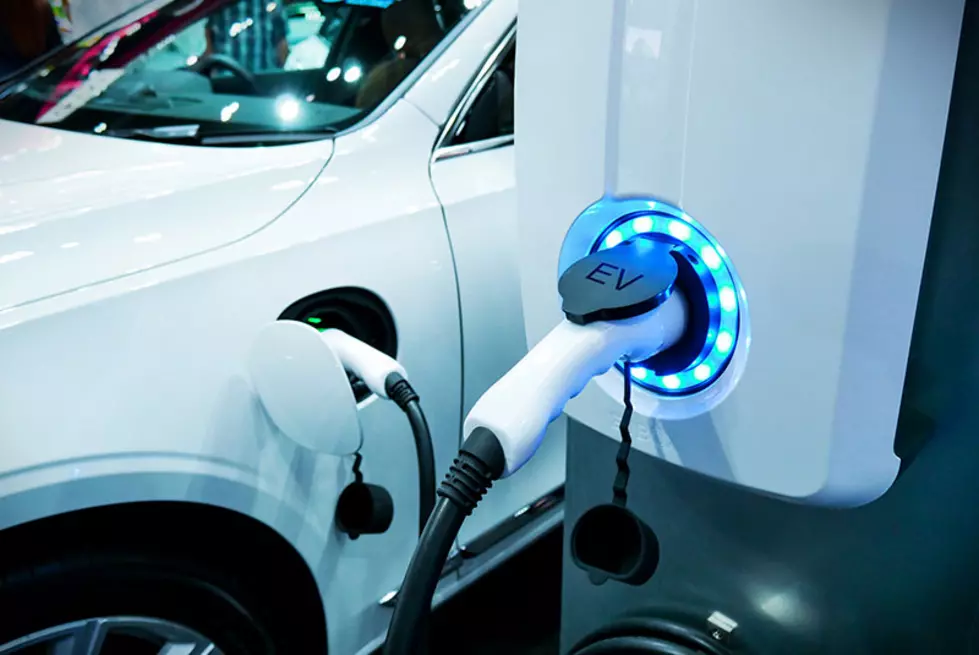
City of Missoula pursuing electric vehicle infrastructure plan
Martin Kidston
(Missoula Current) While the city's Electric Vehicle Infrastructure Plan won't be finished for another year, considering the future of transportation and what's needed to support the changes will play prominently in the final product.
Devin Filicicchia, the city's electrification specialist, said 40% of Missoula's greenhouse gas emissions result from tailpipe emissions, according to a recent inventory. Supporting growth in the electric vehicle market could be a tool to cut local emissions.
“The last thing we want to see is electric vehicle infrastructure that no one in the community is excited about or would ever consider utilizing,” he said. “The push for electric vehicles is really to reduce vehicle tailpipe emissions.”
The city's transportation plan has other goals to reduce emissions, including a reduction in single-occupancy trips. The plan looks to cut those trips to 34% or less, but even then, Filicicchia said, there remains a large amount of tailpipe emissions.
But with only 3,260 electric vehicles registered in Montana, EVs represent only 3% of all vehicles. Pickup trucks, on the other hand, represent 35% of all registered vehicles in the state.
“Montana is certainly among the states with the lowest electric vehicle adoption rates,” said Filicicchia. “Even though there were only 3,200 registered in the state in 2022, you can see how quickly those numbers are growing. From 2021 to 2022, those numbers practically doubled.”
Missoula County alone accounts for 615 registered electric vehicles, or about 39 per 10,000 people. Those numbers are expected to grow in the coming years, and the new Electric Vehicle Infrastructure Plan will consider the infrastructure needed to support that growth.
As of April, Filicicchia said there were 22 Level 2 public charging ports and 5 DC fast charging ports within 10 miles of Missoula.
“Chargers of course are one of the key methods to support electric vehicle adoption,” he said. “Considering the number of chargers, it seems Missoula County isn't in a bad place when comparing public chargers to cities with higher adoption rates.”
Current statistics for Missoula suggest there are 16 electric vehicles per DC fast charger and 24 vehicles per Level 2 port. While it's not an apples-to-apples comparison, Filicicchia said Denver has 120 vehicles per DC fast charger and 25 vehicles per Level 2 port.
“It shows that electric vehicle adoption can drive without significantly increasing those DC fast chargers,” he said. “But what this misses, you can really think about at home charging and at-work charging, which are by far the most convenient place for people to charge.”
The timing of the new Electric Vehicle Infrastructure Plan may be timely, given the city's effort toward code reform and other building policies. Filicicchia said future charging ports could be considered alongside new regulations and new development.
Recent legislation could also help expand the network, Filicicchia said. Among them, the National Electric Vehicle Infrastructure Program provided Montana with $45 million to deploy charging ports along its alternative fuel corridors, which include Interstate 90 and Highway 93.
That places Missoula at the nexus of two alternative fuel corridors. But Filicicchia said it remains uncertain whether growth in electric vehicle infrastructure will be driven by the private market or supported by the city.
“Missoula is really a hub of two different corridors running through it. Because of that, we can anticipate being well supported by those corridor charging efforts,” he said.
